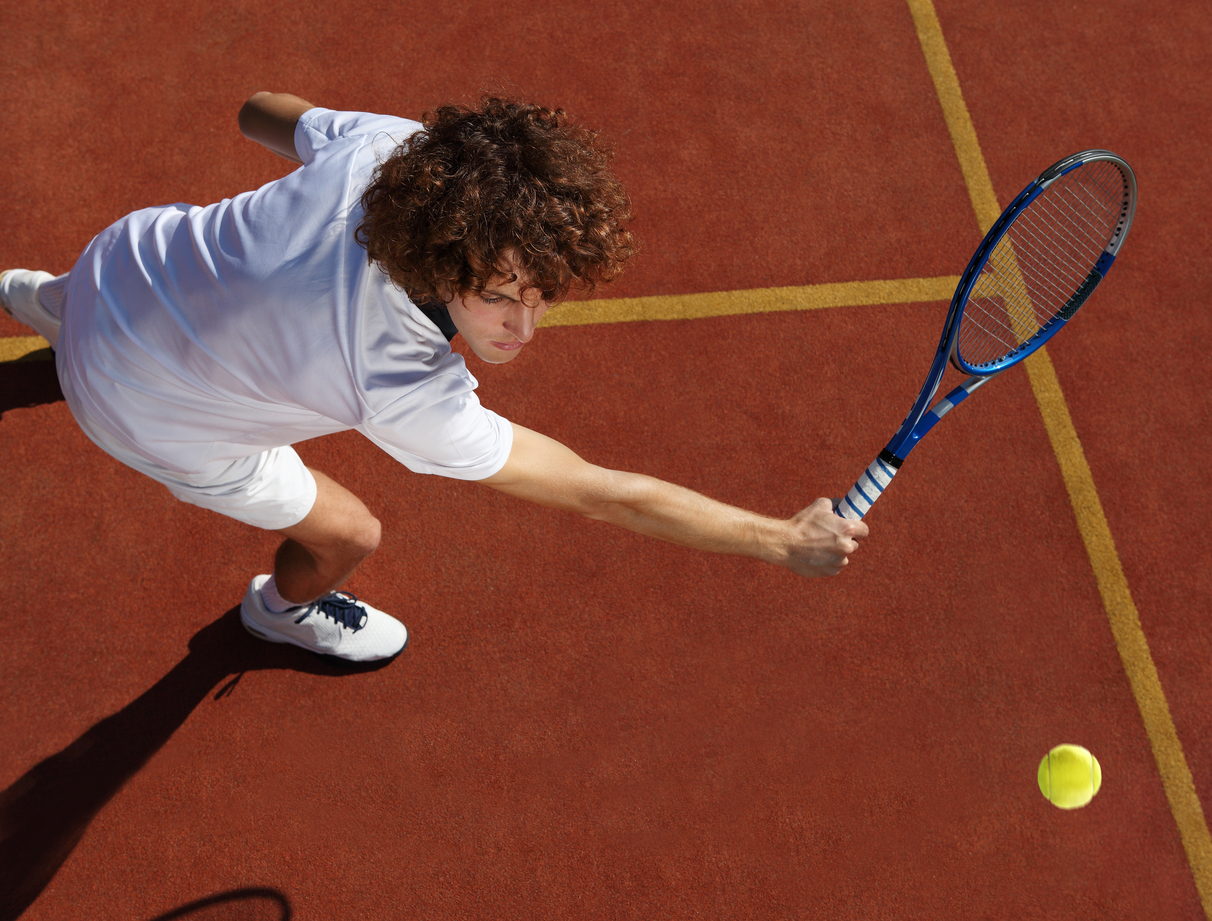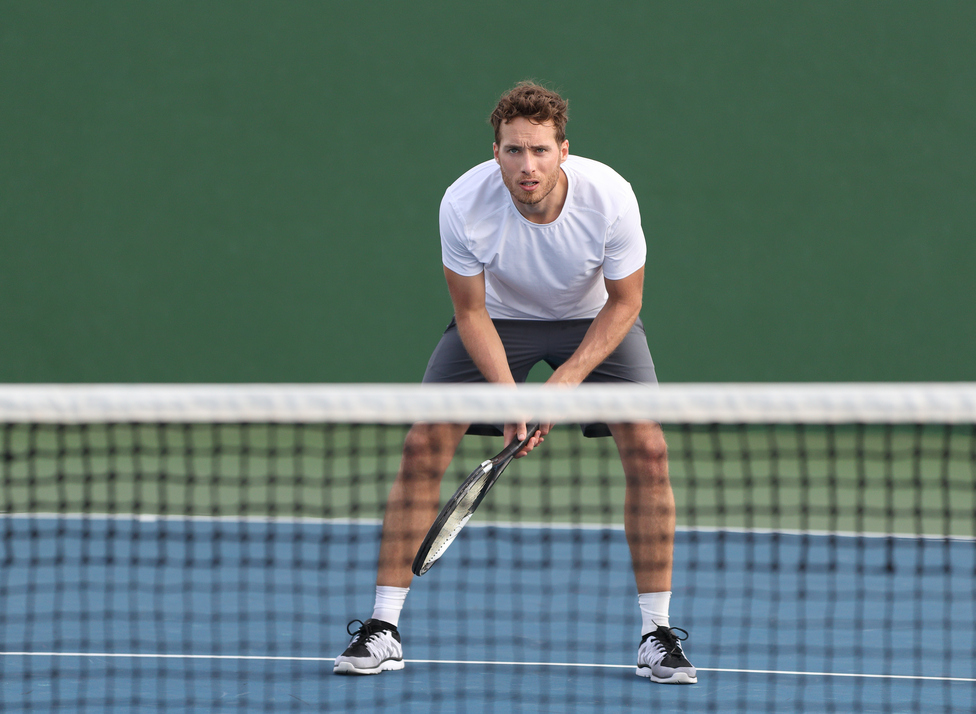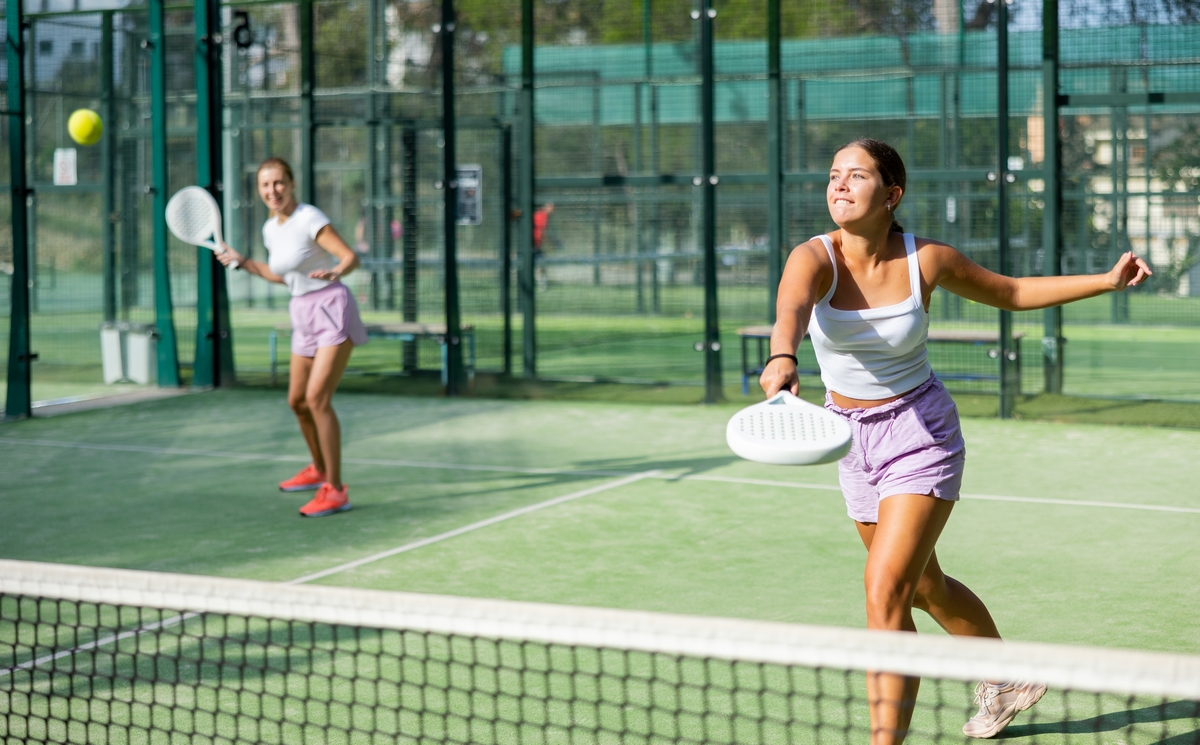Mastering the Art of Padel: Advanced Tactical Tips for Players of All Levels
July 23, 2024
Padel, a dynamic sport that combines elements of tennis and squash, has been gaining popularity worldwide. Whether you're a beginner looking to improve or an experienced player aiming to refine your skills, understanding and implementing advanced tactics can significantly elevate your game. In this comprehensive guide, we'll delve into key strategies from a tactical handbook for padel players, offering insights that can help you outmaneuver opponents and enhance your overall performance on the court.
1. The Importance of Teamwork in Padel
At its core, padel is a team sport. Success on the court relies heavily on how well you and your partner work together. Here are some essential tips for being an excellent team player:
Understanding Your Partner's Style
Every player has a unique style. Some are naturally aggressive, while others prefer a more defensive approach. Take the time to understand your partner's strengths and weaknesses. This knowledge allows you to:
- Adapt your game to complement their style
- Cover for their weaknesses and amplify their strengths
- Create a more cohesive and effective team dynamic
Developing a Solid Game System
Establishing a clear game plan with your partner is crucial. This involves:
- Discussing and agreeing on tactics before the match
- Defining roles and responsibilities on the court
- Creating signals or code words for quick communication during play
Effective Communication
Good communication is the backbone of any successful padel partnership. Remember to:
- Use inclusive language, focusing on "we" instead of "I" or "you"
- Offer constructive feedback and encouragement
- Be open to suggestions from your partner
Sharing Responsibilities
In padel, both players contribute equally to the team's success. It's important to:
- Avoid blaming your partner for mistakes
- Share the load in both offensive and defensive plays
- Support each other through challenging moments in the game
Remember, the best padel players are those who not only excel individually but also bring out the best in their partners .
2. Strategies for Dealing with Aggressive Players
Aggressive opponents who dominate the net and apply constant pressure can be challenging to face. Here are some tactics to counter their style:
Analyze Their Game
Before implementing any strategy, take some time to observe and analyze your opponents' play. Look for:
- Patterns in their attacking shots
- Preferred angles and directions
- Any weaknesses in their aggressive style
Neutralize Their Attack
To counter aggressive play:
- Aim for "neutral" balls that are harder to attack
- Use low-intensity shots to disrupt their rhythm
- Target the backhand high volley, which is often more difficult to attack aggressively
Counterattack Opportunities
While defense is important, look for chances to turn the tables:
- Wait for moments when their aggression leaves openings
- Use their pace against them with well-timed counterattacks
- Exploit any imbalance created by their forward momentum
3. Tactics for Overcoming Defensive Players
Facing opponents who prefer to stay at the back of the court and rely heavily on lobs requires a different approach:
Patience is Key
Against defensive players:
- Be prepared for long rallies
- Avoid rushing or forcing shots unnecessarily
- Stay focused and wait for the right moment to attack
Create Pressure
To break down a defensive strategy:
- Look for opportunities to increase pressure every 4-5 shots
- Use drop shots to create space and change the pace of the game
- Try to force volleys instead of allowing comfortable overhead shots
Vary Your Play
Keep defensive players guessing by:
- Mixing up the speed and spin of your shots
- Alternating between deep shots and short, angled plays
- Using the walls creatively to create unpredictable bounces
4. Adapting to Left-Handed Players
Left-handed players can add an interesting dynamic to the game. Here's how to adjust your tactics:
When Partnering with a Lefty
- Be mindful of court coverage, as both players can use their forehands in the center
- Utilize the "Australian" formation more frequently to maximize strengths
- Practice specific drills to improve coordination with your left-handed partner
Against Left-Handed Opponents
- Expect different spin effects on the ball, especially on serves and volleys
- Target the left-handed player's backhand volley, particularly in the corners
- Be prepared for unusual angles and shot directions
5. Recovering Good Form When Playing Poorly
Everyone has off days. When you're not playing your best, try these strategies:
Mental Reset
- Stay positive and avoid negative self-talk
- Use break times effectively to reset mentally and refocus
- Communicate openly with your partner about your struggles
Simplify Your Game
- Stick to your pre-defined game plan and focus on your strengths
- Prioritize consistency over attempting high-risk shots
- Concentrate on making solid contact rather than perfect placement
Tactical Adjustments
- Adapt your strategy to compensate for areas where you're struggling
- If your usual aggressive style isn't working, try a more conservative approach
- Focus on positioning and court coverage to maintain defensive solidity
6. Advanced Concepts: The "Freezer" and Positional Play
Understanding the "Freezer"
The "freezer" in padel refers to a situation where one player is left out of the play, often stuck at the back of the court. To avoid this:
- Practice quick transitions from defense to offense
- Develop strategies for regaining net position
- Communicate with your partner to ensure balanced court coverage
Mastering Positional Play
Effective positioning can often compensate for a temporary dip in form:
- Learn to read the game and anticipate your opponents' shots
- Practice quick lateral movements to cover the court efficiently
- Understand the importance of the "Australian" formation and when to use it
Conclusion
Improving your padel game is a journey that combines technical skill, tactical awareness, and mental fortitude. By implementing these advanced strategies, you can enhance your performance, become a better team player, and adapt to various opponents and situations.
Remember, the key to improvement lies in consistent practice and application of these tactics during both training and matches. Stay patient with yourself and your partner, maintain a positive attitude, and always look for opportunities to learn and grow in your padel journey.
Whether you're dealing with aggressive opponents, trying to break down defensive players, or adapting to a left-handed partner, these tactics will help you become a more versatile and effective padel player. Keep practicing, stay positive, and most importantly, enjoy the beautiful game of padel!







